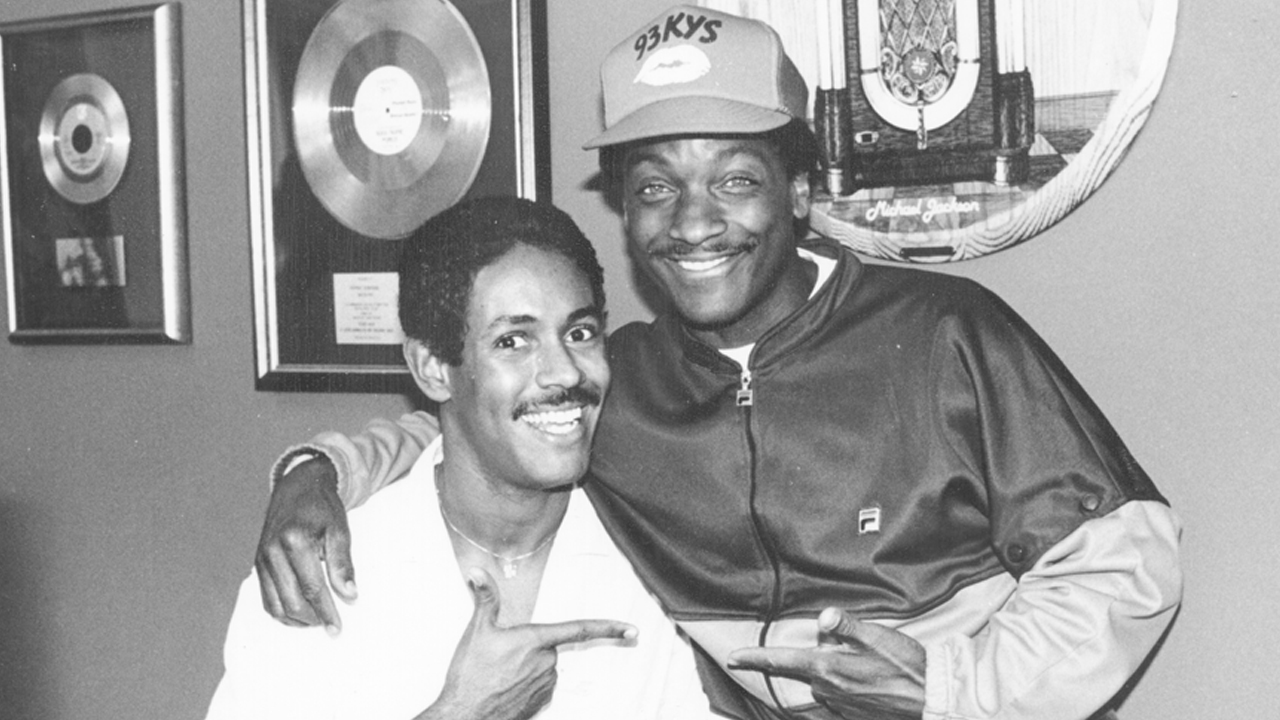
The first Quiet Storm broadcast aired on a Saturday night in May 1976, borrowing its name from Smokey Robinson’s 1975 album title track, “Quiet Storm.” Hughes would go on to build on the success of the Quiet Storm to found Radio One (now Urban One), a broadcasting company aimed at African Americans. So, I structured a format called the Quiet Storm.”

“Single, unattached young people who still wanted to feel good about a Friday night or a Saturday night, even if they were by themselves. In a 2016 interview for NPR’s “How I Built This” podcast, single mother turned radio tycoon, Cathy Hughes, described the format’s target audience.

“People came home from work and they either put their records on, or they listened to the radio,” Williams said, but there was no specific program or format to accompany working-class D.C. “He just had the right voice and temperament for evening ,” the format most-needed for D.C. It was just love at first sight,” Williams said of WHUR intern Melvin Lindsey.

“The Godfather of Go-go,” Chuck Brown.Marion and Effi Barry on January 2, 1979, after Barry was sworn in as mayor.And during her time in D.C., she developed a relationship with two of the Quiet Storm’s key players: Cathy Hughes and Melvin Lindsey. Williams, a Harlem native, dropped out of school to pursue a career in radio where she went by the name of Ebony Moonbeams, playing the newest black artists of the era. “We would play reggae to Miles Davis, from Earth Wind and Fire to Gil Scott Heron… it was a gumbo of music, of all our different expressions and various genres.” With programming known for providing “360 degrees of the total experience in black music,” WHUR was the “clarion voice for black folks in the nation’s capital,” Williams said of the station, with a slogan: “Sounds Like Washington.” Moving into the ’70s, “over 250 stations aired primarily black artists, up dramatically from 100 just a decade earlier,” according to Forbes. In the ’60s, urban radio stations were vital players in the civil rights movement, encouraging listeners to attend protests. and in other urban areas across the country.

Radio was also an important part of black life in D.C. “I had a black dentist, a black gynecologist, I banked at a black bank everything black, black, black, black,” Williams said.Ĭentral to the city’s community was the music of the time, with key ’70s artists like Marvin Gaye, born and raised in the city, Gil Scott-Heron living close by in Virginia, and the city’s own genre, Go-go reaching peak popularity. Coming off the heels of the civil rights movement, the town, known as “Chocolate City,” had gotten a taste of black leadership with Walter Washington serving as the city’s first mayor. Just three years before the first Quiet Storm broadcast aired, she took a job as a radio host at D.C’s 96.3 WHUR station, owned and operated by the historically black college Howard University. For Williams, this is a crucial detail to note of the Quiet Storm’s origins. “Back in the day, in the ’70s, black folks lived in the District,” said Dyana Williams, who is a former radio host and co-founder of the International Association of African American Music Foundation. Though the Toronto rapper included a nod to a Buffalo, New York station’s version of the format, the Quiet Storm and consequential genre has its roots in 1970s Washington, D.C. In a seductive tone, Wood lists musical acts Hall & Oates, Troop, Jill Scott, Luther Vandross and Chaka Khan - all characteristic of a Quiet Storm broadcast marked by smooth and romantic R&B. It’s the voice of disc jockey Al Wood from Buffalo, New York’s 93.7 WBLK station, during a late-night broadcast of the Quiet Storm. The end of Drake’s 2018 album cut “After Dark” doesn’t feature just any radio aircheck.


 0 kommentar(er)
0 kommentar(er)
